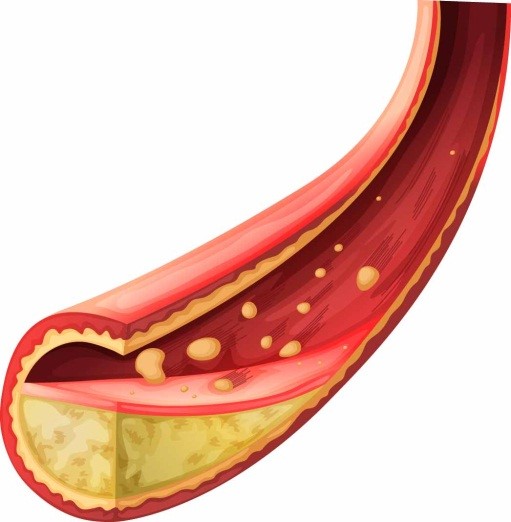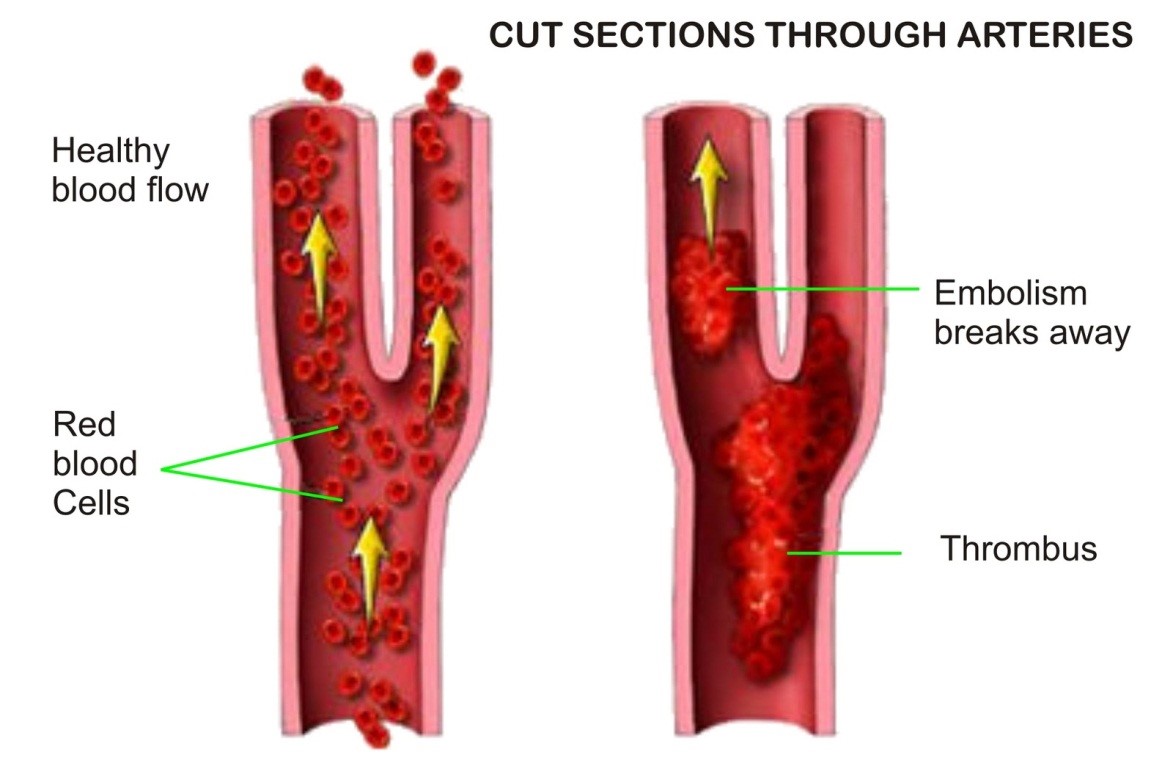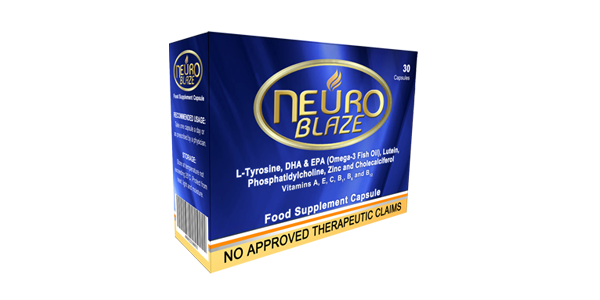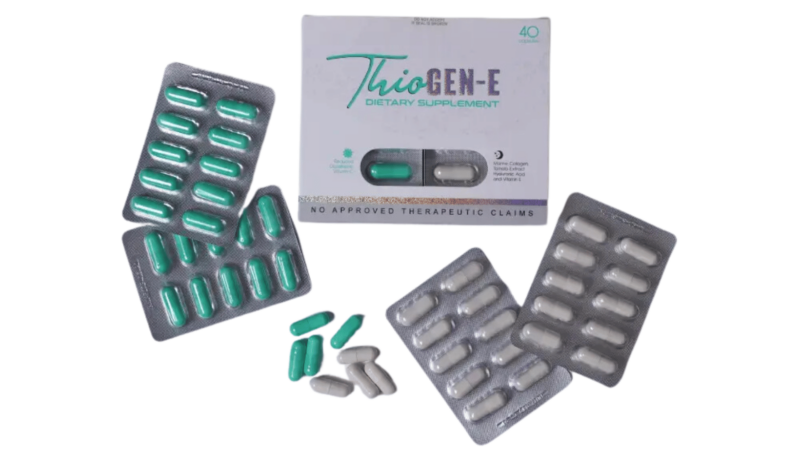Alamin
Nattokinase: Powerful Enzyme Prevents Heart Attack and Stroke
Nattokinase is a powerful enzyme derived from fermented soybeans. Uncover its power in preventing heart attacks and strokes.
How Blood Clots Form and How Nattokinase a Powerful Enzyme Can Help

Blood clotting is a natural process that allows the blood to thicken and form a clot or thrombus of blood cells. Injured blood vessels prompt platelets to clump; fibrin strands glue them together, halting bleeding, forming a protective blood clot. Eventually the clot helps form a protective scab over a healing wound.
But sometimes blood clots form even when a person has not been wounded or cut. Most blood clots dissolve naturally, but in two situations, they can cause significant damage, potentially leading to complications.:

- THROMBUS
– can form in an artery which could block the flow of blood and cut off oxygen supply. This can trigger a heart attack and result in damage, destruction (infraction), or even death of the tissues (necrosis) in the heart. In the brain, blood clots also block blood and oxygen from reaching necessary areas, which can result in senility and/or stroke.
- EMBOLUS
- A piece of the blood clot may form in one of the heart’s chambers. It can travel through the bloodstream, lodging in either an organ or an artery. It cuts off the blood supply from that point.
Nattokinase, derived from fermented soybeans, emerges as a powerful ally. It works by promoting healthy blood flow, preventing excessive clot formation. With its unique ability to dissolve fibrin, Nattokinase offers a natural solution to support cardiovascular health, potentially mitigating the risks of heart attacks and strokes associated with abnormal blood clotting.
The chances of developing thrombi increase as we age
Although the human body produces more than 20 enzymes for making blood clots, it produces only one enzyme—plasmin—for dissolving them. The problem is, as we age the production of plasmin slows down, making the blood more prone to coagulation. Endothelial cells throughout the body produce plasmin, making it possible for blood clots to develop anywhere in the body.
To make matters worse, fibrinogen levels rise as we age. And high levels of fibrinogen levels usually lead to increased platelet aggregation, blood clots, and eventually heart attack or stroke. In fact, experts consider elevated fibrinogen levels a more dangerous risk factor for heart attack and stroke than high cholesterol.
Health Supplements that Helps as We Age
As we grow older, we need supplements that will help boost our overall well being. Beyay Pharmacy is offering two great supplements that provides essential benefits for our body. Neuro Blaze is a brain supplement packed with all the good stuff to make you sharp and strong. With brain-boosting nutrients like EPA & DHA Omega 3, L-Tyrosine, Phosphatidylcholine, and more, it helps your mind perform at its best. Plus, it’s got Lutein to keep your eyes healthy and antioxidants like Vitamin A, C, and E to fight off bad stuff and keep you strong. It’s like a shield against toxins and free radicals, boosting your immunity and helping your body absorb important minerals like Calcium and Phosphorous. With Neuro Blaze, your brain and body are ready to take on anything!

Thiogen E is like a magic potion in two capsules, working together to make you shine with beauty and vitality. By clearing out toxins from the inside, it unveils your timeless radiance from within. The Glow capsule is packed with 550mg of Glutathione and 70mg of Vitamin C to rejuvenate your skin, while the Ageless capsule combines Marine Collagen, White Tomato Extract, Hyaluronic Acid, and Vitamin E to fight signs of aging. With 20 Glow capsules and 20 Ageless capsules in each pack, you’re all set to glow and grow with ThioGEN-E! Just remember, it’s not for moms-to-be or young ones under 18 without a doctor’s advice. Show your glow and be the best you with ThioGEN-E!

